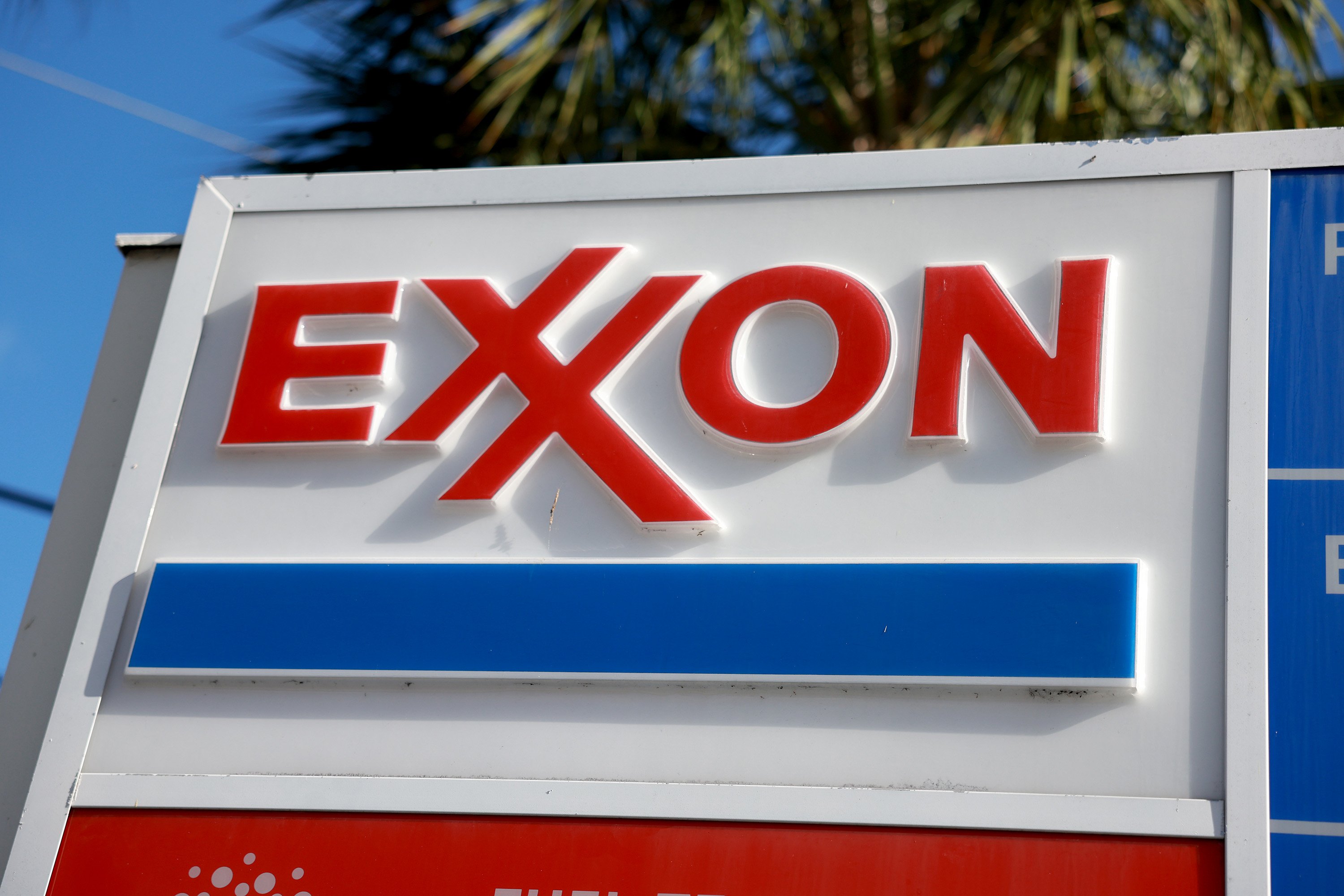Oil prices have slumped this year. WTI, the primary U.S. oil price benchmark, is down over 10%. It has fallen from its peak in the low-$80s to the mid-$60s. That's cutting into the cash flows produced by oil and gas companies.
While oil prices are currently down, any number of catalysts could fuel a rally in the price of crude. If you're bullish on crude prices, Chevron (CVX 0.01%), Diamondback Energy (FANG 0.84%), and ExxonMobil (XOM 0.17%) are great ways to play a potential rebound in oil. Here's why a few Fool.com contributing analysts think they're among the best oil stocks to buy to cash in on a potential rebound in oil prices.

Image source: Getty Images.
Chevron gives you exposure to oil backed by a resilient business
Reuben Gregg Brewer (Chevron): The truth is that integrated energy giant Chevron is kind of a boring way to invest in oil and natural gas. For example, Chevron doesn't use much leverage, with its debt-to-equity ratio at a very low 0.20x or so. And it has long focused on paying a reliable dividend, with dividend hikes in each of the past 38 years. Add in an attractive 4.3% dividend yield and a diversified business, and it is a relatively "safe" way to invest in the energy sector.
That said, a strong balance sheet and a reliable high yield could allow even conservative investors to add energy exposure to their portfolios. The energy sector is known for volatility, with oil prices often rising and falling in dramatic, and swift, fashion. Less aggressive investors, by nature, would probably want to avoid the sector, even though energy is an important part of the global economy.

NYSE: CVX
Key Data Points
But Chevron changes up the math. Sure, a conservative income investor might want to avoid a pure-play driller like Devon Energy, which has had a highly volatile dividend history. But Chevron has proven it can be counted on to keep paying in both good oil markets and bad ones.
So even if you worry about the downside risk in the oil sector, you should still feel confident in adding Chevron to your portfolio. Thus, if you have a constructive view of oil prices today, there's no reason to not invest in the energy sector just because you are a conservative income investor.
This oil stock cashes in on higher prices
Matt DiLallo (Diamondback Energy): Diamondback Energy controls a premier oil resource. The company's large-scale position in the Permian Basin spans 859,000 net acres across West Texas and Southeast New Mexico. Its massive scale in this low-cost region enables it to generate industry-leading cash flow margins. As a result, it can produce significant excess free cash flow at lower oil prices (more than $4.9 billion after capital spending at $50 oil).

NYSE: CVX
Key Data Points
At the current price in the mid-$60s, Diamondback Energy expects to generate over $5.8 billion in free cash flow after funding the capital expenses needed to maintain and grow its production this year. Given its strong financial position, the company aims to return at least 50% of free cash flow to shareholders each year through base and variable dividends and share repurchases, with it on track to return $3 billion this year. Diamondback retains the remaining cash to further strengthen its rock-solid balance sheet.
The company's cash returns would rise with its oil-fueled cash flows. At $80 a barrel, Diamondback Energy estimates it would produce more than $6.9 billion in free cash flow. That would allow it to return around $3.5 billion to investors while further shoring up its financial foundation with the remaining excess. These numbers would continue rising with crude prices.
Diamondback's low-cost operations have enabled it to become a cash flow machine. As a result, it can produce a growing gusher of free cash flow as crude prices rise. That makes Diamondback a great way to cash in on a potential rebound in oil prices.
An oil industry leader
Neha Chamaria (ExxonMobil): If you're an oil bull, an integrated oil major like ExxonMobil could be one of your best buys today. ExxonMobil's leadership, scale, financial discipline, and growth plans positions it well to benefit from any rise in crude oil prices, and its dividend growth is evidence of the company's resilience in any oil-price environment.

NYSE: XOM
Key Data Points
ExxonMobil is trying to boost profitability by increasing production volumes from its premier oil assets such as the Permian Basin, cutting costs, and shifting its product mix to higher-margin verticals like chemicals, specialty, and low-carbon solutions. The company believes these moves could generate an additional $20 billion in earnings and $30 billion in cash flows through 2030. That's a lot of money, and should allow the oil giant to reinvest into growth while maintaining a strong balance sheet and consistently rewarding its shareholders.
ExxonMobil has been very generous with shareholders over the decades. It has grown its dividend for 42 consecutive years now, and distributed over $125 billion to shareholders in dividends and share repurchases combined in just the past five years.
At a real Brent Crude Oil price of $65 per barrel, the company believes it could have $165 billion surplus cash, after funding capital expenditures and dividend at the current rate, by 2030. I expect a large chunk of all that surplus cash to end in shareholders' pockets in the form of bigger dividends year after year and buybacks.
Tie it all together, and ExxonMobil looks like a no-brainer stock to play a potential rebound in oil prices.






